Explore the top 21 Shiva temples in India, 12 Jyotirlinga’s and 9 other famous Shiva Temples, their spiritual significance, and ancient architectural marvels that attract millions of devotees each year.
The 12 Jyotirlingas are considered the holiest shrines dedicated to Lord Shiva, each representing a unique manifestation of his divine energy. These sacred temples are spread across India, symbolizing the supreme power of Shiva in different regions. The belief is that these Jyotirlingas are “self-manifested” (Swayambhu) and not carved or constructed by humans. The first temples in India were primarily built to honor Lord Shiva, reflecting his ancient and central role in early Indian spirituality. Pilgrims from across the world visit these temples to seek blessings and experience deep spiritual enlightenment.
Do check Travel guide on our site for detailed travel planning.
The 12 Jyotirlingas: Significance and Importance
Here’s an overview of the best times to visit each of the 12 Jyotirlingas, taking into consideration seasonal weather, festivals, and pilgrim activities:
1. Somnath (Gujarat)
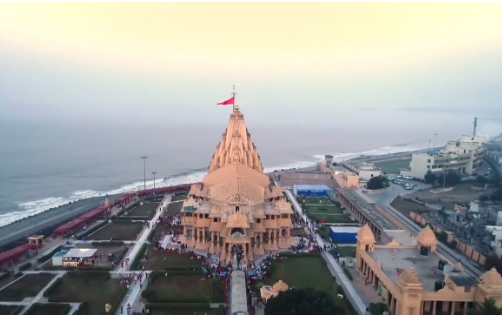
- History: The Somnath temple is believed to be the first among the twelve Jyotirlinga shrines of Shiva. It has a rich history, having been destroyed and rebuilt several times, with the current structure completed in 1951. The temple symbolizes resilience and devotion.
- Significance: It is an important pilgrimage and tourist spot, attracting millions of devotees each year.
- Best Time to Visit: October to March – The weather is pleasant, making it ideal for sightseeing and worship.
2. Mahakaleshwar (Madhya Pradesh)
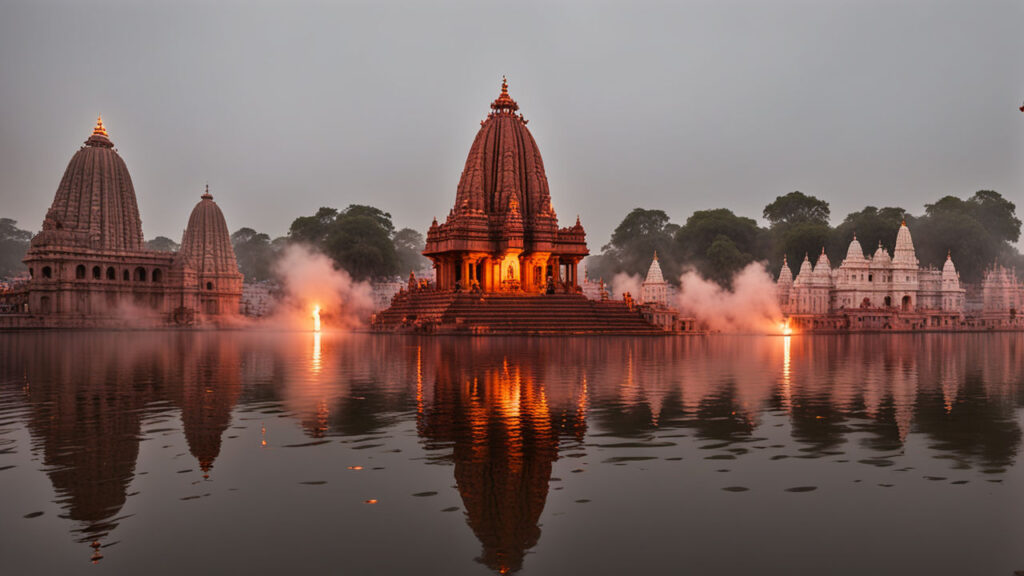
- History: Situated on the banks of the Rudra Sagar lake, the Mahakaleshwar temple houses the Jyotirlinga that is believed to be self-born. The temple’s architecture is a mix of traditional and modern styles.
- Unique Feature: Known for its unique Bhasma Aarti, where the linga is bathed in sacred ash, offering a mesmerizing spiritual experience.
- Best Time to Visit: September to March – The climate is comfortable for visitors, especially during festivals.
3. Omkareshwar (Madhya Pradesh)
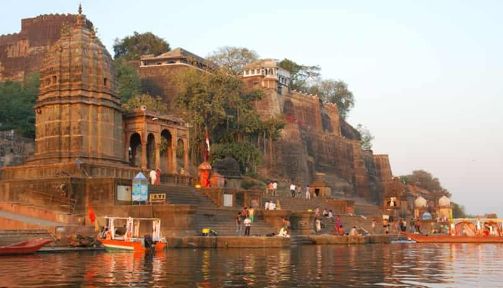
- History: Located on an island called Mandhata, the Omkareshwar temple is shaped like the sacred Hindu symbol ‘Om.’ The temple is revered for its tranquil atmosphere and beautiful surroundings.
- Significance: It is a significant site for worship and meditation, attracting numerous pilgrims annually.
- Best Time to Visit: October to March – The pleasant weather allows for a more enjoyable visit.
Contact us For Kedarnath, Chardham, Do Dham Packages
4. Kedarnath (Uttarakhand)
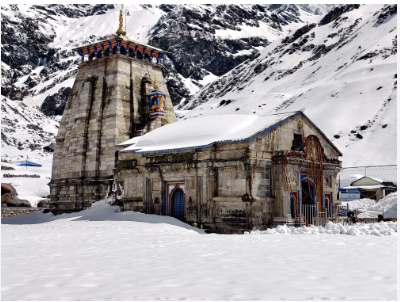
- History: Nestled in the snow-clad peaks of the Himalayas, Kedarnath is one of the highest located Jyotirlingas. The temple, believed to be established by the Pandavas, can only be reached by a trek.
- Significance: It remains closed for six months due to extreme weather, making it a unique and revered pilgrimage site.
- Best Time to Visit: May to June and September to October – These months are ideal as the temple is open, and the weather is favorable for trekking.
5. Bhimashankar (Maharashtra)
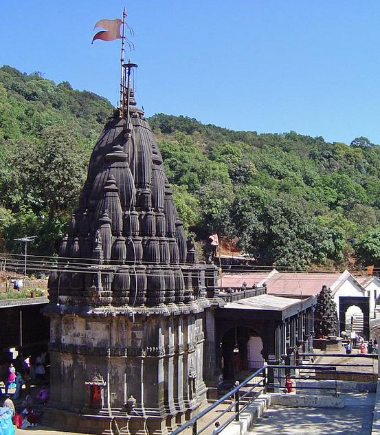
- History: Located near Pune, the Bhimashankar temple is surrounded by lush green forests and is believed to be a source of the river Bhima. The temple features intricate carvings and a blend of old and new architectural styles.
- Significance: It is known for its serene environment and is a popular spot for nature lovers and pilgrims alike.
- Best Time to Visit: October to March – The weather is pleasant, making it comfortable for visitors.
6. Kashi Vishwanath (Uttar Pradesh)

- History: Situated in Varanasi, Kashi Vishwanath is one of the oldest and holiest temples in India. The temple has a rich historical legacy, having been rebuilt multiple times.
- Significance: A dip in the holy Ganges near the temple is believed to wash away all sins, making it a crucial pilgrimage destination.
- Best Time to Visit: October to March – The climate is more comfortable for pilgrims, especially during festivals like Maha Shivaratri.
7. Trimbakeshwar (Maharashtra)
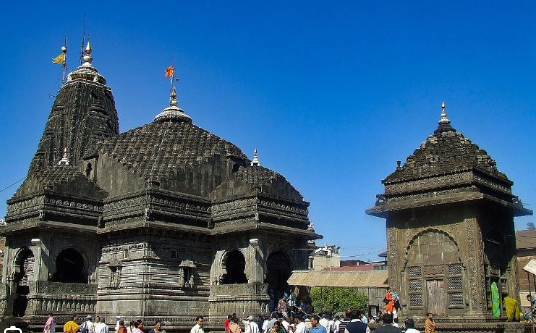
- History: Located near Nasik, Trimbakeshwar is known for its unique linga featuring faces of Lord Brahma, Lord Vishnu, and Lord Shiva. The temple is also the source of the Godavari River.
- Significance: This temple is a major pilgrimage site, especially during the Kumbh Mela.
- Best Time to Visit: October to March – The weather is pleasant, and major festivals draw large crowds, creating a vibrant atmosphere.
8. Vaidyanath (Jharkhand)
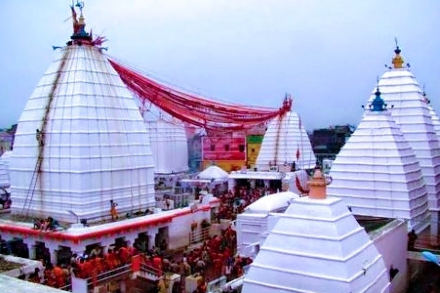
- History: Also known as Baidyanath, this Jyotirlinga is associated with the legend of Ravana, the king of Lanka, who is believed to have worshipped Shiva here.
- Significance: It is one of the most revered sites, especially during the holy month of Shravan.
- Best Time to Visit: July to September – This period coincides with the holy month of Shravan, attracting numerous devotees.
9. Nageshwar (Gujarat)
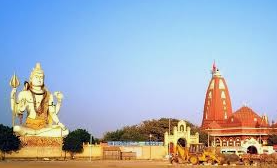
- History: Located near Dwarka, Nageshwar is known as ‘Darukavana,’ an ancient epic name for a forest. It is believed that Lord Shiva manifested here to protect his devotees from the serpent king.
- Significance: The temple is an important site for pilgrims seeking protection and blessings.
- Best Time to Visit: October to March – The weather is comfortable for visitors and enhances the pilgrimage experience.
10. Rameshwar (Tamil Nadu)

- History: Situated on Rameshwaram Island, Rameshwar is associated with Lord Rama, who is believed to have worshipped Shiva here on his return from Lanka. The temple dates back to the 12th century.
- Significance: It is a significant pilgrimage site, particularly for those performing the Rama Setu pilgrimage.
- Best Time to Visit: November to March – The weather is cooler, making it ideal for visiting the temple and surrounding areas.
11. Grishneshwar (Maharashtra)

- History: Located near the Ellora Caves, Grishneshwar is believed to be the last or twelfth Jyotirlinga on earth. The temple’s architecture is adorned with beautiful carvings and sculptures.
- Significance: It is an important site of worship, especially during the month of Shravan.
- Best Time to Visit: October to March – The comfortable weather attracts many pilgrims and tourists.
12. Mallikarjuna (Andhra Pradesh)
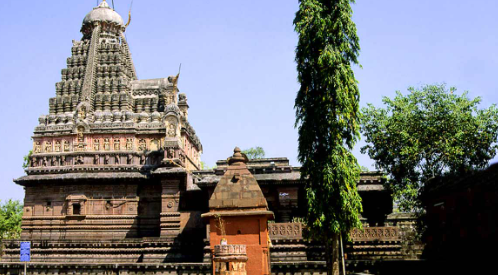
- History: Situated on Shri Shaila Mountain by the banks of the Patal Ganga, Mallikarjuna is one of the greatest sacred places in India, with a rich history intertwined with various legends.
- Significance: The temple is dedicated to both Lord Shiva and his consort, and it attracts numerous devotees, especially during the festivals of Maha Shivaratri and Navratri.
- Best Time to Visit: September to March – The weather is pleasant for pilgrims, making it an ideal time for visits.
Other Famous Shiva Temples in India: Origins and Importance
1. Tungnath Temple (Uttarakhand)
- History:
Believed to be over 1,000 years old, Tungnath was built by the Pandavas to seek forgiveness from Lord Shiva after the Kurukshetra war. It is one of the Panch Kedar temples and represents Shiva’s arms. - Significance:
It is the highest Shiva temple in the world, located at an altitude of 3,680 meters in the Himalayas. It is revered for its mythological connection to the Pandavas and its location in a pristine Himalayan environment. - Best Time to Visit:
May to November, as the temple remains closed during winter due to heavy snowfall.
2. Badrinath (Uttarakhand)
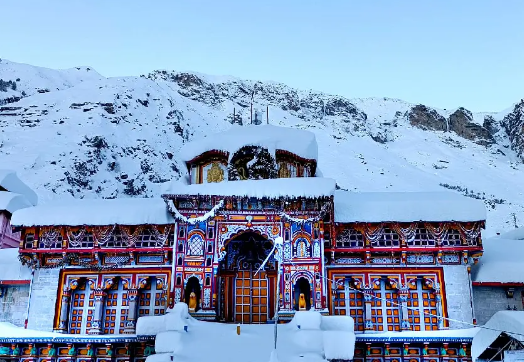
- History: Badrinath is one of the four Char Dham pilgrimage sites and is dedicated to Lord Vishnu, but it also has a significant Shiva temple known as Badrinath Shiva Temple. The temple has been revered since ancient times and features inscriptions dating back to the 9th century.
- Significance: Pilgrims visit Badrinath for spiritual solace, and it is surrounded by the scenic beauty of the Himalayas, making it a favored destination for devotees.
3. Nashik (Maharashtra)
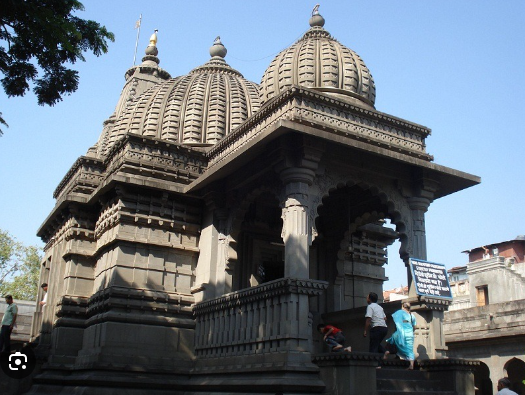
- History: The Kalaram Temple in Nashik is dedicated to Lord Rama but has a significant Shiva shrine within its premises. The temple is historically linked to the Ramayana, where Lord Rama is believed to have worshipped Shiva.
- Significance: Nashik is also famous for the Kumbh Mela, making it a major spiritual destination. The Kalaram Temple attracts many devotees seeking blessings.
4. Kangra (Himachal Pradesh)
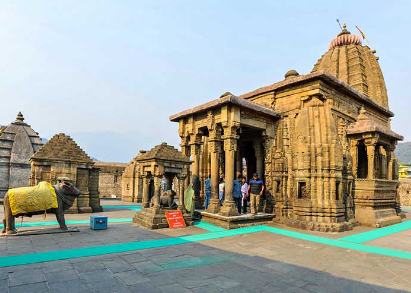
- History: The Baijnath Temple in Kangra district is dedicated to Lord Shiva and was built in the 13th century by the local kings. The temple’s architecture is exquisite, with intricate carvings depicting various deities and scenes from Hindu mythology.
- Significance: It is an important pilgrimage site and is known for its serene surroundings, drawing many devotees.
5. Chidambaram (Tamil Nadu)
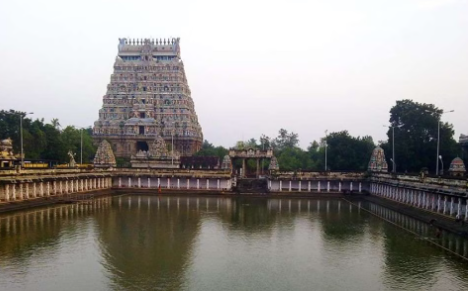
- History: The Chidambaram Temple is dedicated to Lord Nataraja, a form of Shiva as the cosmic dancer. The temple has ancient roots and is believed to have been built during the Chola dynasty in the 10th century.
- Significance: Known for its unique architectural style and cultural significance, the temple is a vital pilgrimage site for Shaivites. The Ananda Tandava dance performed here is a major highlight.
6. Thanjavur (Tamil Nadu)
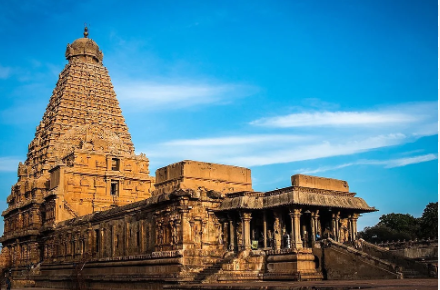
- History: The Brihadeeswarar Temple, also known as the Peruvudaiyar Kovil, is dedicated to Lord Shiva and was built in the 11th century by the Chola king Raja Raja Chola I. The temple is a UNESCO World Heritage site, renowned for its grandeur.
- Significance: It is one of the largest temples in India and a significant architectural marvel, attracting tourists and devotees alike.
7. Srikalahasti (Andhra Pradesh)
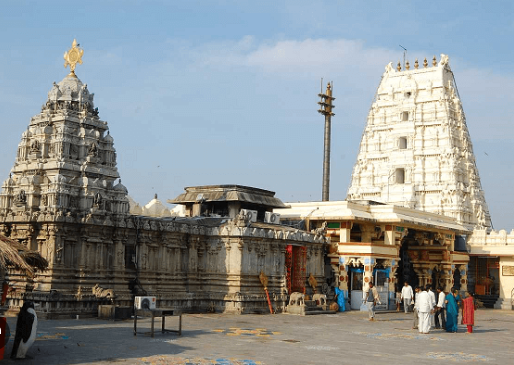
- History: The Srikalahasteeswara Temple is dedicated to Lord Shiva and is renowned for its unique architecture. The temple dates back to the 5th century and has been a center of worship for many centuries.
- Significance: This temple is famous for its Vayu Linga, representing the air element, and attracts many devotees, especially during the month of Shravan.
8. Amarnath Temple (Jammu and Kashmir)

- History:
The natural ice Shiva Lingam forms each year, symbolizing Lord Shiva in his purest form. It is believed to be where Shiva revealed the secret of immortality to Parvati. - Significance:
The temple is a sacred pilgrimage for Hindus and attracts thousands each year seeking health and longevity. - Best Time to Visit:
June to August during the Amarnath Yatra, when the ice lingam forms.
9. Daksheshwar Mahadev Temple (Haridwar, Uttarakhand)

- History:
The temple is linked to the story of Sati, Shiva’s wife, who immolated herself at her father Daksha’s yagna. Shiva destroyed the yagna in rage. - Significance:
It holds a deep connection to the story of Shiva and Sati and is significant for marital harmony and family peace. - Best Time to Visit:
October to March.